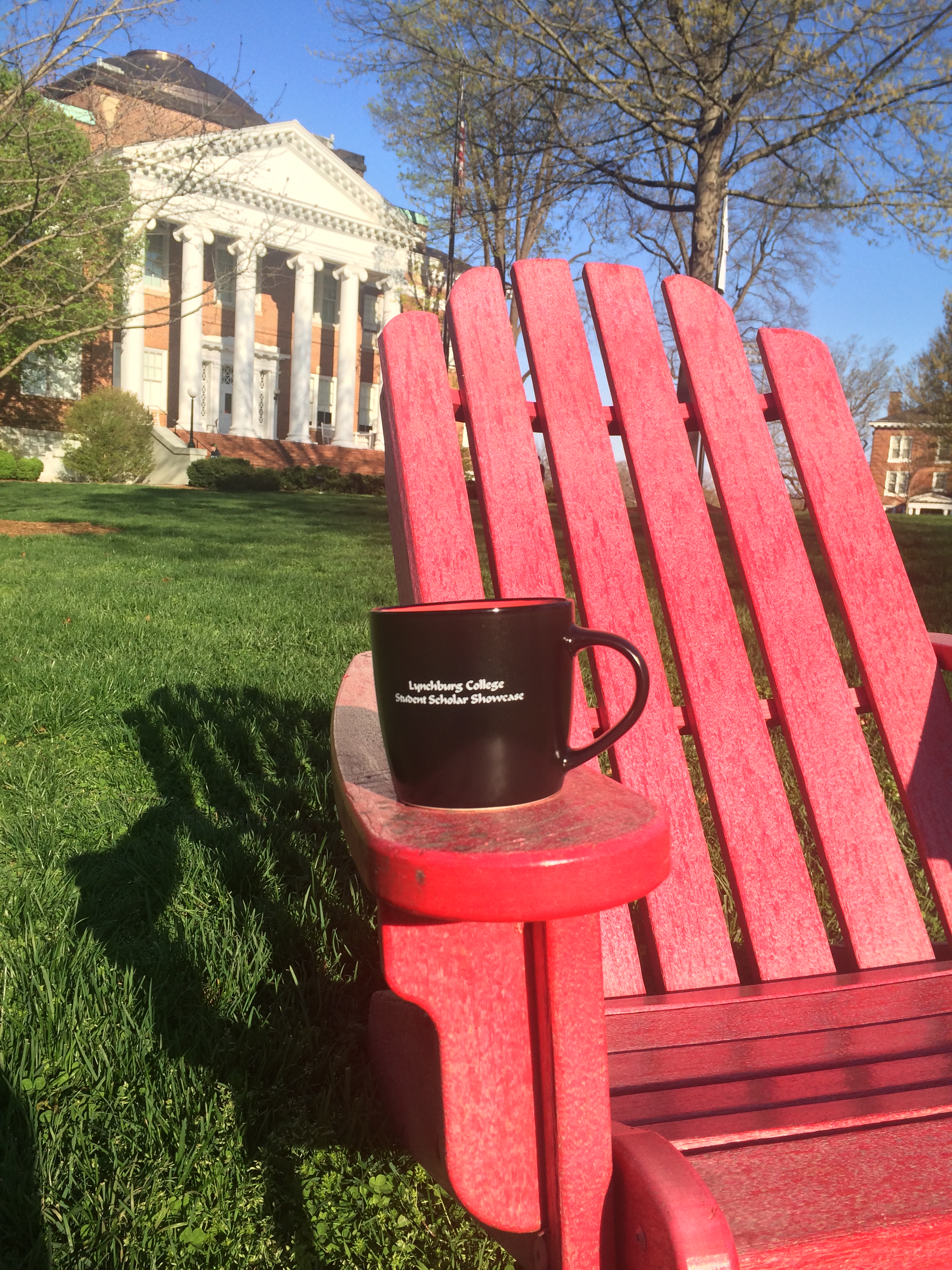
A Look Into the Life and Compositions of John Dowland
Abstract
Although modern notation exists, the art of transcribing works such as the lute tablature of John Dowland serves a purpose in preserving Renaissance music for performance and study. With the intent of improving music pedagogy and performance, the purpose of this was to examine the lute compositions of John Dowland. The particular problems of this study were to: (1) examine the life of John Dowland, (2) investigate the compositional style of John Dowland; and (3) transcribe the lute ayre Lachrimae Amantis to modern notation.
Dowland travelled between London and continental Europe throughout much of his life in order to hold a job and publish his music. His compositional style revolved around melancholy and used somber lyrics, long tones, and counterpoint to reflect emotion. Transcription of lute tablature involved choosing a piece, learning the tab symbols, and converting them to modern notation. Dowland’s impact on the music world brought new genres and accessibility for solo performers to the limelight. Implications of this research involve teaching lute tablature transcription in classrooms in order to promote the practice and preservation of Renaissance music. The identification of more compositions and elements of his style are possible avenues for further study and performance.
A Look Into the Life and Compositions of John Dowland
Although modern notation exists, the art of transcribing works such as the lute tablature of John Dowland serves a purpose in preserving Renaissance music for performance and study. With the intent of improving music pedagogy and performance, the purpose of this was to examine the lute compositions of John Dowland. The particular problems of this study were to: (1) examine the life of John Dowland, (2) investigate the compositional style of John Dowland; and (3) transcribe the lute ayre Lachrimae Amantis to modern notation.
Dowland travelled between London and continental Europe throughout much of his life in order to hold a job and publish his music. His compositional style revolved around melancholy and used somber lyrics, long tones, and counterpoint to reflect emotion. Transcription of lute tablature involved choosing a piece, learning the tab symbols, and converting them to modern notation. Dowland’s impact on the music world brought new genres and accessibility for solo performers to the limelight. Implications of this research involve teaching lute tablature transcription in classrooms in order to promote the practice and preservation of Renaissance music. The identification of more compositions and elements of his style are possible avenues for further study and performance.

